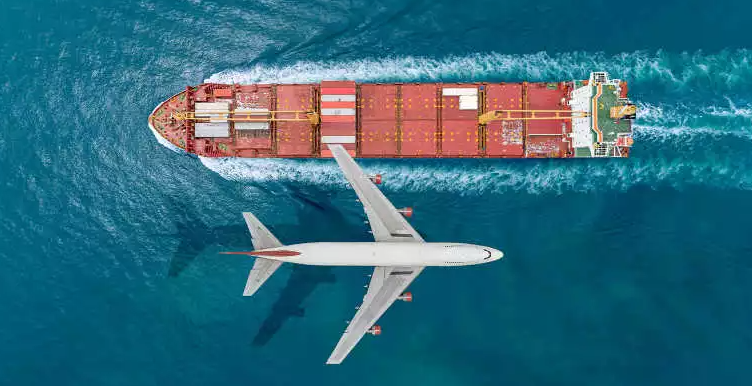
When it comes to selling on Amazon, managing your shipping costs is critical to your bottom line. For businesses relying on air and sea freight to bring products to market, a strategic approach can translate into significant savings.
In this blog post, we will delve into some effective tactics to trim your air and sea freight expenses without compromising on efficiency.
Optimize Order Volumes
It’s no secret that ordering in bulk often leads to better pricing. This principle holds true for freight costs as well. By increasing the volume of your order, you can achieve economies of scale, where the cost per unit drops as the volume goes up. Take the time to analyze your sales data, forecast demand, and then optimize your order volumes accordingly. Remember to balance it out to avoid overstocking.
Plan for Non-Peak Times
Timing is everything. Just like airline tickets, freight costs can fluctuate based on the season. Typically, the period leading up to Christmas and Chinese New Year sees a surge in shipping costs due to increased demand. Plan your orders such that you avoid these peak times. Not only will this save you money, but it will also prevent the stress of dealing with delays during the busiest times of the year.
Compare and Negotiate
Don’t put all your eggs in one basket! It’s imperative to obtain quotes from multiple freight companies. This will give you a benchmark to understand the going rates and can also offer you some negotiation power. Once you have gathered quotes, don’t be shy about negotiating with the freight companies. Even a small percentage off the initial quote can add up to significant savings in the long run.
Consolidate Shipments
If you are shipping multiple products, it might be worth consolidating them into a single shipment. This can often result in lower costs compared to shipping them separately. Additionally, consolidating shipments means fewer individual shipments to track and manage, potentially saving you time and administrative headaches.
Leverage Freight Forwarders
Engaging the services of a reputable freight forwarder can often lead to cost savings. Freight forwarders have relationships with carriers and can often access better rates than you would be able to get on your own. Additionally, they can offer valuable advice and assistance in navigating the complexities of international shipping.
Opt for Slower, More Affordable Options
While air freight is faster, sea freight is often significantly cheaper. If your products are not time-sensitive, it’s worth considering slower shipping options. Plan in advance and build in the extra time it will take for products to reach Amazon’s warehouses.
Regularly Review Your Freight Costs
Treat your freight costs as a variable that can be optimized, rather than a fixed cost. The shipping industry is dynamic, and rates can change. Make it a habit to regularly review your freight costs and explore ways to make them more efficient.
Conclusion
Effective management of air and sea freight is an art that can substantially impact your profit margins. By optimizing order volumes, avoiding peak times, comparing and negotiating rates, consolidating shipments, utilizing freight forwarders, and selecting cost-effective shipping options, you can strategically trim your shipping expenses. A more profitable Amazon business might be just a few smart shipping decisions away.
